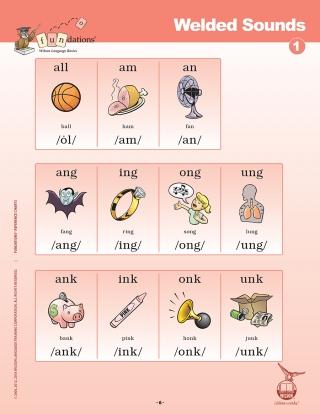Research done by Dr. Shaywitz and others has concluded that implementing effective reading programs as early as kindergarten or even pre-K offers the potential to close the reading gap.
Mounting evidence shows there is a specific approach to reading intervention that helps struggling students become successful — both those who have been diagnosed with a specific reading disability like dyslexia and those who have not.
For many of the city’s centrally funded IEP teachers, who are often called upon to work with at-risk readers, that intervention is SPIRE, an evidence-based, intensive program that is based on the Orton-Gillingham approach to reading instruction.
Orton-Gillingham, which was developed collaboratively in the 1930s by a neurologist and an educator, posits that reading instruction should be direct, explicit, highly systematic and multisensory.
“The aim is to activate the parts of the brain that these students aren’t using,” says Elena Behar Lazarova, an IEP teacher who does reading intervention with at-risk students at PS 148 in East Elmhurst, Queens. “There are lots of components so that students use tactile and visual processing at the same time.”
SPIRE lessons are always 10 steps and include the same sequence of activities. In each lesson, students review phonograms, or the sounds that certain combinations of letters make; build words using letter tiles; mark the letter patterns they see in words; read for comprehension; practice writing dictated words; spell; and write sentences.
“The language is clearly scripted, which allows students to get used to the routine and know exactly what they’re being asked to do,” says Lazarova.
Teachers in the early grades of many of the city’s schools may already be familiar with the Orton-Gillingham approach thanks to Fundations, a popular phonics program. Students learn to drill individual phonemes (the smallest units of sound) by chanting: “A, apple, /a/. B, bat, /b/.” They “tap out” words by touching their thumbs to their forefingers to represent phonemes, and they use magnetic letters to build and break apart words.
But Fundations is meant to be used with young children, and it’s rare to encounter a classroom in the upper grades where phonics is part of the daily routine.
“When I meet with a struggling reader, the first thing I pick up on is difficulty decoding,” says Helen Amsterdam, a 40-year veteran teacher who now works as an IEP teacher at PS 86 in Bushwick, Brooklyn. “The advantage I have over classroom teachers is that I can teach a concept and do the activities over and over again until students get it.”
Students begin the first level of SPIRE by practicing short vowel sounds, digraphs (like sh, ch and th) and welded sounds (-nk and -ng). By the end of the program, in Level 8, they will master r-controlled vowels, prefixes and suffixes, and other unusual sounds.
Experts on dyslexia suggest that the best reading instruction for struggling readers should be explicit, be delivered in small groups and allow students to be active participants in learning.
“We’re not only teaching skills but trying to undo the emotional damage of being unsuccessful with something for a long time,” Lazarova notes. “Year after year, these children sitting in classrooms with traditional curriculum were taught, ‘Reading is not accessible to me. Reading is hard for me.’ They were taught to dislike reading. But kids experience success very fast with SPIRE. It removes that barrier and it opens them up.”


